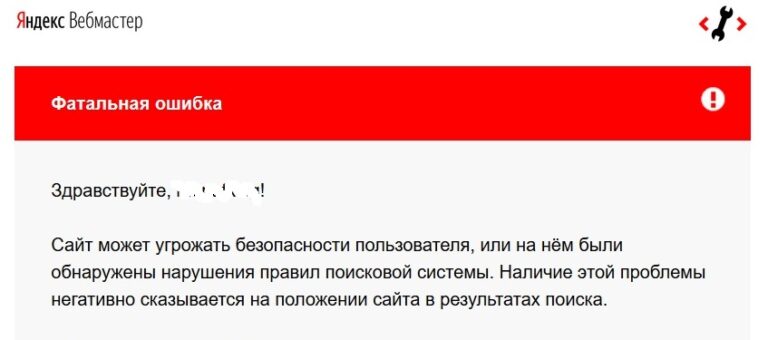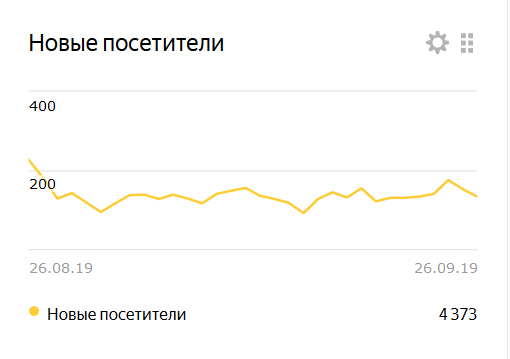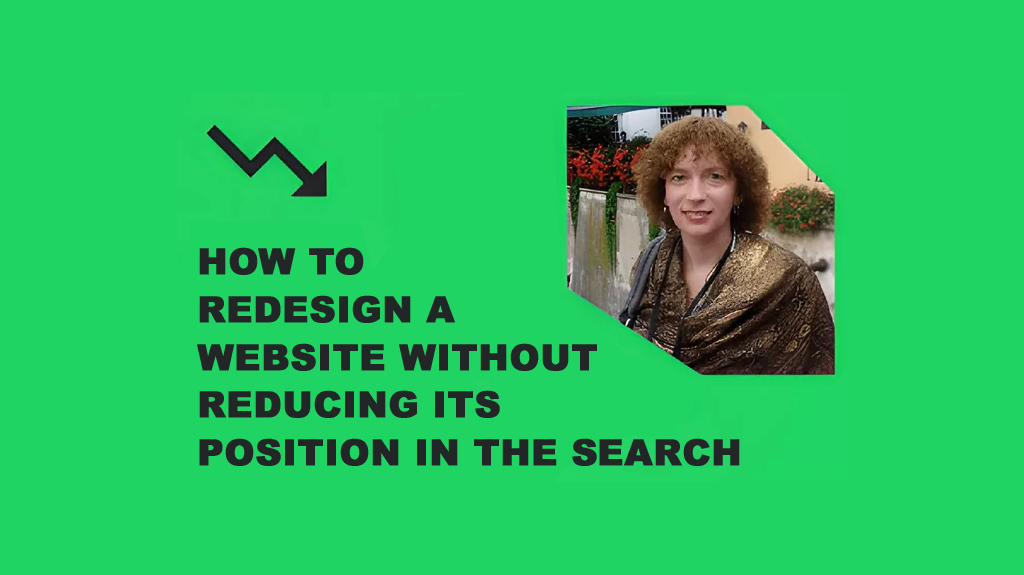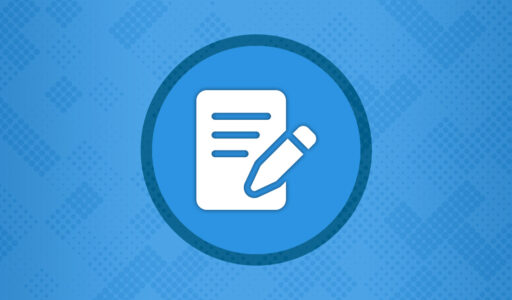Redesigning any old website is a very hot topic. Unfortunately, many website owners are unaware that in the course of work, it is easy to completely destroy website traffic or even get listed as suspicious websites from the point of view of search engines.
So, let’s talk about how to avoid this using the example of a case that we encountered in our agency PROSEOSITE. We were approached by a client who received a red flag from a search engine. Meanwhile, the company was simply trying to improve its website. We will try to analyze this case in detail in order to avoid such errors.
But first, a little digression. Let’s imagine that your site is a book in a large library of paper books. Let’s agree that the library is the Internet, and the librarian is a search bot (system). I will use this analogy in the article to explain what happened.
How it started:
So, the company had a good website with significant traffic. But time passed, and it seemed to the management that some outdated information should be removed. It was decided to swap the sections, update the design, etc. This is a really normal position with good intentions. As a result, more than 100 pages were removed from the website in one day. After these actions, the website “for some reason” had a sharp drop in traffic. Moreover, a warning came from the search engine that the website is dangerous for users.
The message in the warning from the webmaster service in the photo: “The website may threaten the user’s security or violate the rules of the search engine. The presence of this problem negatively affects the position of the site in the search results“

The company realized that something incomprehensible was happening and turned to our agency for help.
What happened
Let’s go back to the library analogy. What happens from a crawler’s point of view when it sees a completely redesigned website? Think, in the library on the shelf dedicated to gardening, or rather in the flower section, there was an excellent book on how to grow dahlias (This is a company website). The librarian often recommended it (traffic) because the book had a clear table of contents and a lot of useful information from varieties of dahlias, to methods of growing them and methods of pest control. In addition, the book was written by a serious and trustworthy specialist (your company).
But something strange happened. Going around the library once again, the librarian saw that the cover (design) of the book had changed. He looked inside the edition and found that the table of contents had disappeared. Moreover, more than 100 pages have been torn out by the roots (error 404), and sections have also been torn out and re-pasted in a different order.
From the librarian’s point of view, the book has been vandalized, and it is absolutely unreadable. What steps does the librarian take? In the first case, he removes the book from the shelf in the archive (The website has a lower position in the issue). In the worst case, the book is stamped “corrupted” (the website receives a letter from the webmaster service about a fatal error, a violation of the rules of the search engine and the danger of the website content to users). Of course, after that, just a few people see the book (website). It is searched and asked only by regular readers who wanted to clarify something (Website traffic is rapidly collapsing)
What has been done by our agency
- An analysis was carried out with the identification of errors. I must say that on the client side they said for a very long time that they didn’t do anything special “just made a couple of changes”. So, we got to know about the removal of 100+ pages (and that was 1/6 part of the website) and the change in the structure of the resource only after analysis.
- In addition, the website was created on CMS, where for some reason there was no automatic updating of the site map, which only confused search robots. We manually updated the site map and submitted it for re-indexing to the webmasters.
- A redirect of the modified sections was made. They became visible again in the search.
In general, the work to restore the website’s functionality took about a month. The graph shows the results clearly. First, you can see the fall, after the changes made by the client. Then there is a gradual recovery of traffic.

Recommendations
I think, you will have a question about the improvements to the website. Can’t you change anything on the website? I will answer that it is possible to change, but competently.
It can be done even easier. If your website needs to make many changes, contact the experts. Our agency PROSEOSITE will competently remake your “book” and inform the “librarian” about the updates. We’ll even make sure that information about them goes to the “library catalogue”. There is a general recommendation: do not forget to regularly analyze and update the website to meet the ever-changing requirements of search engines.
Margarita Epatko
Director of “PROSEOSITE” – creation and promotion of websites
The case is published on the OTZYVMARKETING portal




